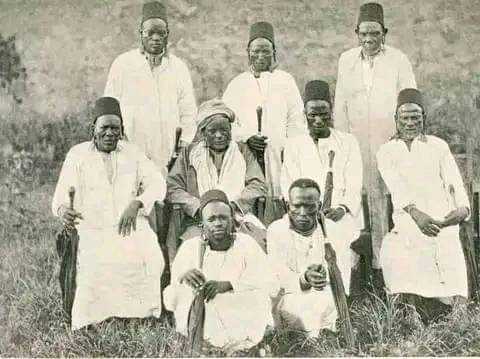#forwarded.
#kalenjin
THE MAKING OF A KALENJIN NATION
The Kalenjin community belongs to the larger Nilotic group called Highland Nilotes that lives mainly in East Africa. It comprises of the following sub-tribes in Kenya: Kipsigis, Nandi, Keiyo, Marakwet, Sabaot, Pokot, Terik, Ogiek, Tugen and Sengwer. They include Sebei in Uganda and Murle in Sudan. The Kalenjin people can also be traced in some parts of Tanzania, these are Barabaek, Tatireek, Hilbangraek, Sonjoek, Sirikwaek (Sindawi), Nataek, Badyut and Tatogaeek.
Kalenjins are believed to have descended from two ancestors namely: Kingo and Tapnai. They were blessed with many children. Before the demise of Kingo, his eldest son Olchiangwal inherited his younger wife and was named “Non Kindii” which means one who inherits. This was later shortened to Nandi and became a sub tribe.
His other son relocated to a more fertile place and became prolific “Kipo-sigis” or “Kipsigis” which simply means the one who gives birth. Another version states that while Kingo’s son was looking after the cattle, he came across a traditional bowl, locally called “Kisiet” hence he was named “Kipsich-Kisiet” and that probably gave birth to the generation’s name Kipsigis.
One of the sons disappeared mysteriously. He was waited for long in vain hence his people kept on saying “Kigeni” which means having hope waiting hence his generation became Tugen. Another son was fondly known for his immense love for milking cows in the field. Whenever Kingo was asked about his whereabouts, he would respond “Kei-yoo” which simply means “the mother is milking” hence his generation became Keiyo.
The son who demanded for a ram, locally called “Kwesta” later became “Marakwet” locally “Machkwesta” which simply means the one who is in need of a ram. One of the sons was punished for the wrong he had done and out of anguish and anger, he fled away from home. Many thought he was dead but his mother kept on saying that “Sebei” which means he is still alive thus his generation
